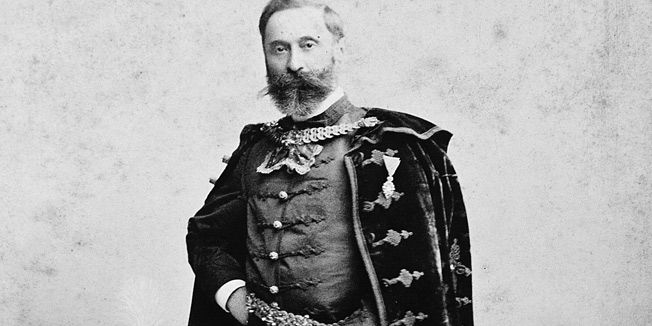Browse Croatian history for this week, you may be surprised by what you read...
April 16
Born on this day in Split, Boris Dvornik was a Croatian actor. Born in Split to the family of a carpenter, Boris Dvornik discovered acting talent at an early age, while performing in children's plays. After studying to become an electrician, he began to pursue a full-time acting career. As a freshman, he was cast in the starring role of the 1960 Holocaust drama The Ninth Circle. A year later, he showed his versatility by appearing in the popular comedy Martin in the Clouds. This established Boris Dvornik as a big star of former Yugoslav cinema, comparable to Ljubiša Samardžić, Milena Dravić and Velimir "Bata" Živojinović (with whom he later developed a close friendship). The zenith of Dvornik's popularity came in the 1970s with the role of Roko Prč in the cult series Naše malo misto.
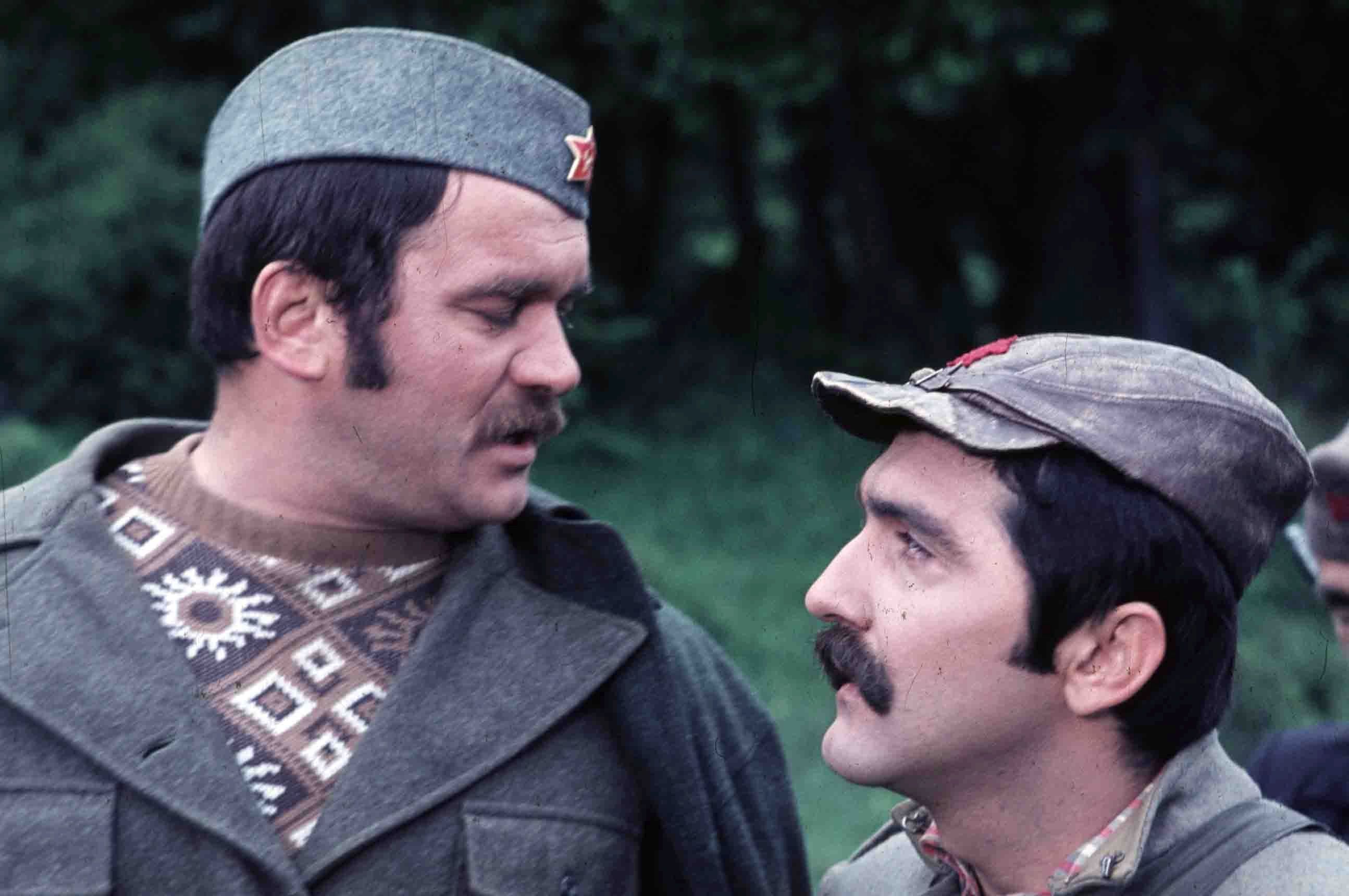
April 17
Oton Iveković, born on this day in 1869, was one of the foremost Croatian painters. He graduated from the Academy of Fine Arts in Vienna. He later taught at the Zagreb Academy of Fine Arts. Iveković largely concerned himself with historical topics as well as some religious themes. Many of his paintings remain the chief representations of Croatian history. Iveković's most productive period lasted from 1894 to 1900, although his intensive activity did not stop even after 1900. At the beginning of the new century, his painting were shown at the World Exhibition in Paris. In 1901, Iveković and Mato Celestin Medović worked on the illustrations for the epic poem Judita by Marko Marulić. In addition, Iveković illustrated August Šenoa's novel Zlatarevo Zlato (Goldsmiths's Gold), and was an active participant in the Matica Hrvatska as a graphic designer. In 1903 he painted the founders of the Matica on a large canvas which may still be seen at the Matica's headquarters in Zagreb.
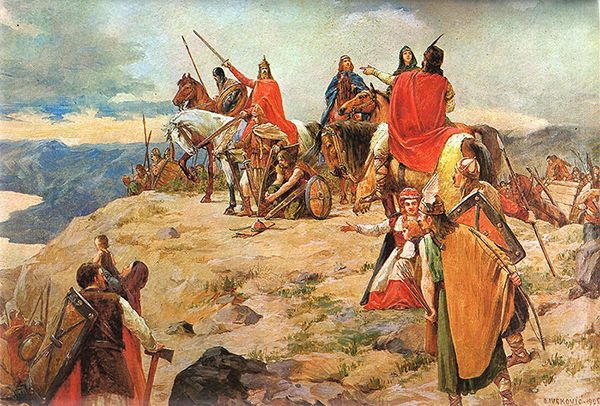
April 18
Born on this day in 1874, Ivana Brlić-Mažuranić was a Croatian writer. Within her native land, as well as internationally, she has been praised as the best Croatian writer for children. Ivana was largely home-schooled. With the family she moved first to Karlovac, then to Jastrebarsko, and ultimately to Zagreb. She became the mother of six children, and devoted all her work to her family and education. Her first literary creations were initially written in French. Ivana Brlić-Mažuranić started writing poetry, diaries and essays rather early but her works were not published until the beginning of the 20th century. Her stories and articles like the series of educational articles under the name "School and Holidays" started to be published more regularly in the journals after the year 1903. It was in 1913 when her book The Marvelous Adventures and Misadventures of Hlapić the Apprentice was published that really caught the literary public's eye. Her book Croatian Tales of Long Ago, published in 1916, is among the most popular today. Brlić-Mažuranić was nominated for the Nobel Prize in Literature four times – in 1931 and 1935 she was nominated by the historian Gabriel Manojlović, and in 1937 and 1938 he was joined by the philosopher Albert Bazala, both based in Zagreb. In 1937 she also became the first woman accepted as a Corresponding Member into the Yugoslav Academy of Sciences and Arts.
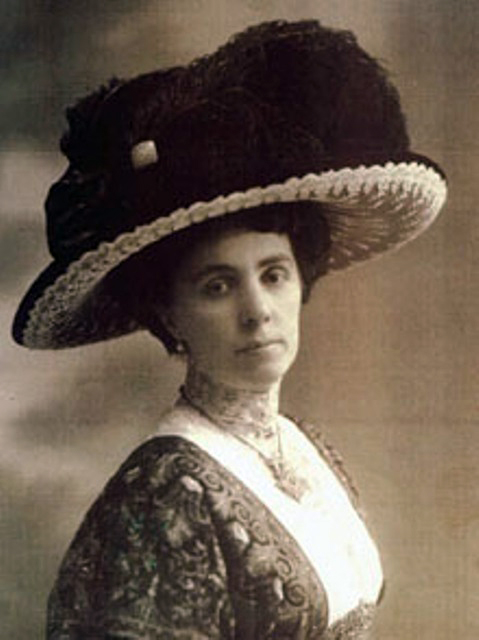
April 19
The earliest known parliament in Croatia convened in Zagreb 738 years ago: on 19 April 1273. It is then that the name of the parliament was decided upon: the General Assembly (Sabor) of the Whole Kingdom of Slavonia - Congregatio Regni tocius Sclavonie generalis. Its decisions, being called statuta et constitutiones (decrees having the force of law), were authenticated by the ban’s (viceroy’s) seal. The Sabor passed decrees relating to legislature, general insurrection to defend the country, taxes and other levies. The conclusions of the 1273 Sabor are the first integrally preserved documents in the history of Croatian parliamentarism.
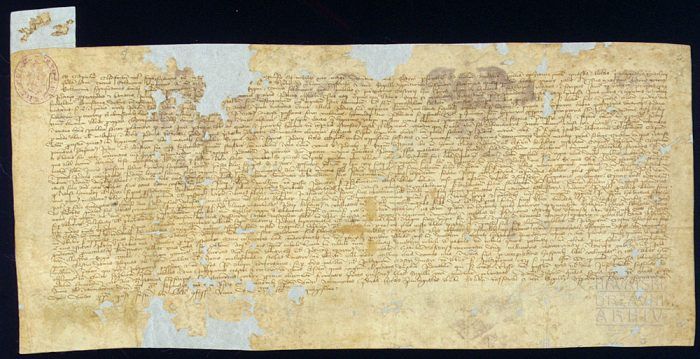
April 20
Slavoljub Eduard Penkala, born on this day in 1871, was a Croatian engineer and inventor of Dutch-Polish-Jewish descent. He became renowned for further development of the mechanical pencil (1906) - then called an "automatic pencil" - and the first solid-ink fountain pen (1907). Collaborating with an entrepreneur by the name of Edmund Moster, he started the Penkala-Moster Company and built a pen-and-pencil factory that was one of the biggest in the world at the time. This company, now called TOZ Penkala, still exists today. He also constructed the first Croatian aircraft to fly in the country, the 1910 Penkala Monoplane, flown by Dragutin Novak, who was also the first Croatian pilot. He constructed and invented many other products and devices, and held a total of 80 patents.

April 21
Born in the village of Zmijavci, football player Ivan Gudelj started his career in a club from the neighbouring village of Runovići — NK Mračaj. There he was coached by Marinko Boban, the father of future football star Zvonimir Boban. A few years later, Gudelj went to play for Hajduk Split, and remained there from 1976-1986. He quickly formed into a dependable and elegant defensive midfielder, earning the moniker "Beckenbauer from Zmijavci" in the Yugoslav press. The rising career of a new European football star ended suddenly. Gudelj was forced to end his career because of health problems, more specifically, hepatitis B. He played his last game against Red Star Belgrade in Split on 23 September 1986 at the start of the 1986-87 league season. In June 1979, he played for Yugoslavia at the UEFA European Under-18 Football Championship in Vienna, leading his country to the championship trophy, beating Bulgaria in the final. Gudelj was named as the tournament's best player. In the end Gudelj made 33 national team appearances, scoring three goals. He was a participant in the 1982 FIFA World Cup and Euro 1984. Because of his excellent games, French magazine L’Équipe put him on their list of ideal team of 1982 World Cup. He was also named the Yugoslav Footballer of the Year in 1982.
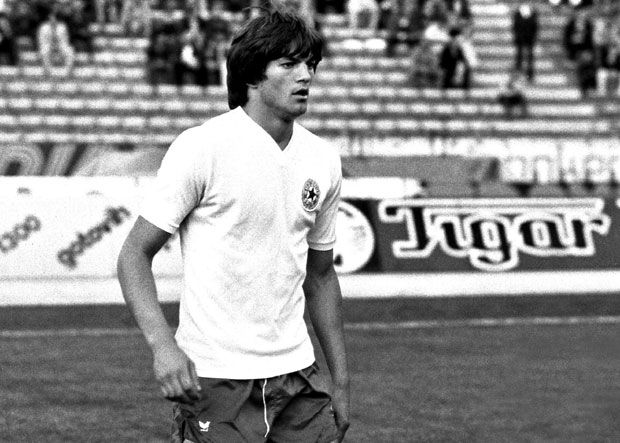
April 22
Izidor Kršnjavi, born on 22 April 1845, was a Croatian painter, art historian, curator and politician. With the help of Josip Juraj Strossmayer, who he had met in Rome, he became a professor of archaeology and art history at the University of Zagreb. The next year, he helped establish the Society of Arts, and was, for many years, it secretary and spokesman. He also served as the first Director of the Strossmayer Gallery of Old Masters and was one of the founders of the Museum of Arts and Crafts. In 1884, he came into conflict with Strossmayer and his supporters in the People's Party, where he supported the pro-Hungarian faction, which allowed him to serve in the Croatian Parliament 1884-87. From 1887 to 1891, he studied law and became the Minister of Education and Religion in the Károly Khuen-Héderváry administration. While in that office, he established several schools, including one for the blind and deaf, introduced physical education classes and helped to form the foundation for a unified school system.
